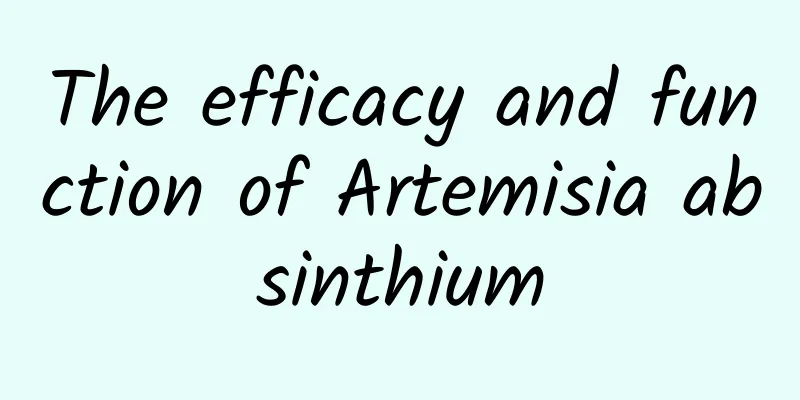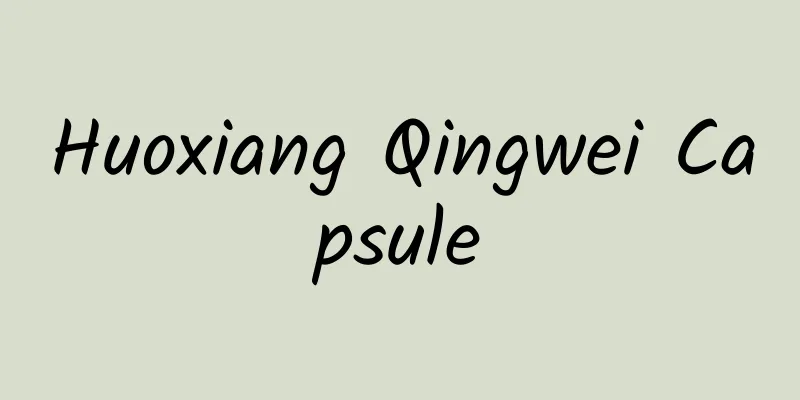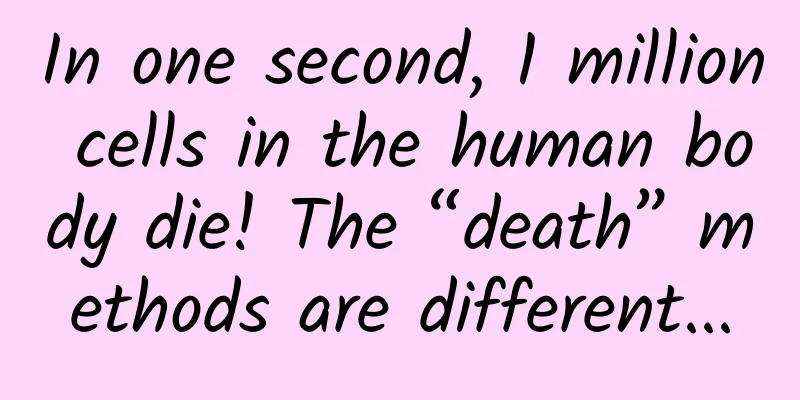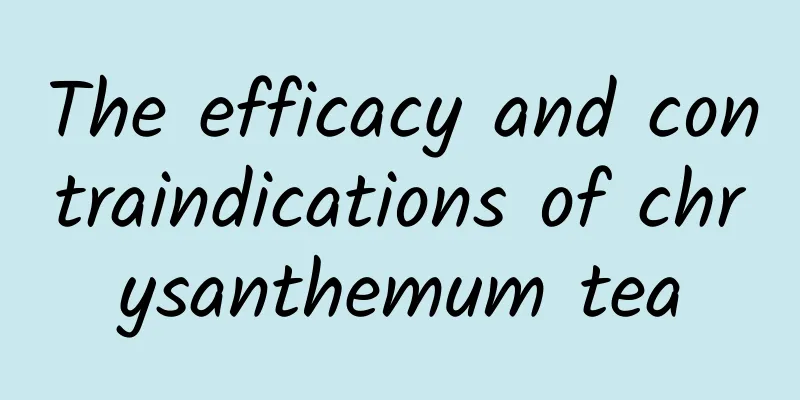"Healthy by eating" series | What is a low-salt diet? Doctors recommend eating this way

|
Salt is the most important seasoning in our daily life. It can be said that salt is the companion of delicious food. However, according to the eating habits of Chinese residents, there is a general phenomenon of excessive salt intake. Most of the foods in our daily diet, such as rice, noodles, vegetables, fruits, and meat, contain a small amount of natural sodium salt. A large amount of chemical substances are added to the increasingly abundant refined foods, which also hide a large amount of sodium salt, such as sodium nitrite in preservatives. In addition, the sodium salt we add when cooking, the superposition of triple sodium salt intake can easily lead to increased sodium salt intake. A high-salt diet can easily cause high blood pressure, cardiovascular and cerebrovascular diseases, chronic kidney disease and even gastric cancer, which seriously affects people's health. The World Health Organization stipulates that a normal adult should control their daily sodium intake to about 5g, including the salt content of condiments such as dark soy sauce and soy sauce added in our daily cooking. From a health perspective, we should limit our salt intake to about 3-4g per day, 5-10ml of soy sauce, and eat less or no pickled foods. In addition, the sodium-potassium balance in the human body is also very important. Potassium ions are mainly present in cells, while sodium ions are mainly present outside cells. The dynamic balance of the concentrations of the two inside and outside cells is an important basis for maintaining the body fluid volume, acid-base balance, and normal cell function. Sodium intake should not be too high, and potassium intake should not be too low. We should consume more foods with high potassium content, such as winter melon, avocado, banana, green leafy vegetables, broccoli, pumpkin, and some medicinal and edible foods such as white lentils, etc., to maintain the sodium-potassium balance in the body and truly eat for a healthy body. (This article was scientifically reviewed by Li Suyun, deputy director of nutrition at the Cancer Hospital of the Chinese Academy of Medical Sciences and doctor of nutrition medicine.) |
<<: What do you know about the fig’s “fruit without flowers”?
Recommend
The efficacy and function of Jilin Aconitum
Jilin Aconitum is commonly used as a medicinal ma...
The difference between Bai Shouwu and He Shouwu
Maybe many people don’t know the difference betwe...
Is Gongcai dried lettuce? | Bolan Daily
Is Gongcai dried lettuce? Well, actually not real...
Can drinking Jiaogulan help you lose weight?
Gynostemma pentaphyllum is one of the most common...
What are the medicinal values of wormwood?
What medicinal value does mugwort have? Many peop...
Why do deep space probes circle before reaching their destination?
According to foreign media reports, the BepiColom...
Because of its delicate nature and "seeking death", it has turned itself into the "giant panda of the plant world"
You must have heard of giant panda blood - Rh neg...
What happens to your body if you eat a tomato every day? But there is one thing you should never eat!
Scrambled eggs with tomatoes, beef brisket stewed...
What is Tangerine Peel?
Tangerine peel is very common in life. It can be ...
"I'm afraid my father will be gone!" The young man's decision brought tears to the eyes of many netizens...
recent Bai Junlong, a young man from Xichang, Sic...
Side effects of toad grass
Toad grass is a very common plant in rural areas ...
A new game restriction calendar for minors is available! How can parents effectively manage their children’s internet and gaming time during holidays?
Winter vacation is here Game platforms have relea...
Google: Southeast Asia e-Economy Report 2022
Google released the "Southeast Asia e-Econom...
You can make money by donating your shit, and earn a high-end mobile phone every month. How much money can your poop get you?
Some time ago, a piece of news like this became a...
The efficacy and function of tea cake
Tea seed cake is a kind of traditional Chinese me...


![The efficacy and function of Chinese yam[picture]](/upload/images/67ca11bebf695.webp)






